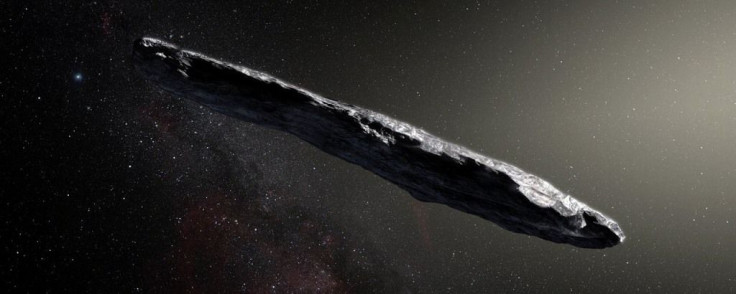NASA Asteroid Tracker: 4 Asteroids To Approach Earth This Weekend

According to NASA, a total of four asteroids are on a near-collision path with Earth this weekend. Details of the asteroids were collected by the space agency’s Center for Near Earth Object Studies (CNEOS).
As indicated in CNEOS’ database, which is a compilation of data on asteroids that fly near Earth, the four space rocks that will be closely visiting the planet’s surroundings are identified as 2019 KJ2, 2019 KL2, 2019 KU and 2019 KH1.
Compared to the other asteroids that had close calls with Earth recently, these space rocks are relatively smaller.
The first asteroid, 2019 KJ2, flew past Earth on May 31 at 2:41 UT. It had a maximum diameter of 22 meters and was flying at a speed of 3,000 miles per hour. As it passed by, its closest distance to Earth was at 0.03498 astronomical units or roughly 3.3 million miles.
The smallest of the group is 2019 KL2, which has a maximum diameter of 19 meters. It is expected to fly near Earth on June 1 at 12:24 am UT. The asteroid is travelling at a speed of 10,000 miles per hour and will fly past the planet at a distance of 0.02220 astronomical units, or about 2 million miles.
Trailing behind 2019 KL2 is 2019 KU. The latter will approach Earth on the same day as the former at 4:49 am UT with a speed of almost 14,000 miles per hour. 2019 KU has a diameter of 28 meters and will approach Earth at 0.04077 astronomical units, which is equivalent to 3.8 million miles.
On June 2 at approximately 8:10 am UT, asteroid 2019 KH1 will perform its flyby on Earth at a distance of only 0.02706 astronomical units or around 2.5 million miles. It is currently travelling at a speed of 41,000 miles per hour and has a maximum diameter of 45 meters, making it the largest asteroid in the group.
Despite the recent close-calls, NASA has reassured the public that Earth is not in danger of colliding with an asteroid. As indicated in the data compiled by CNEOS, there are currently no asteroids that are on a collision path with Earth.

© Copyright IBTimes 2025. All rights reserved.





















